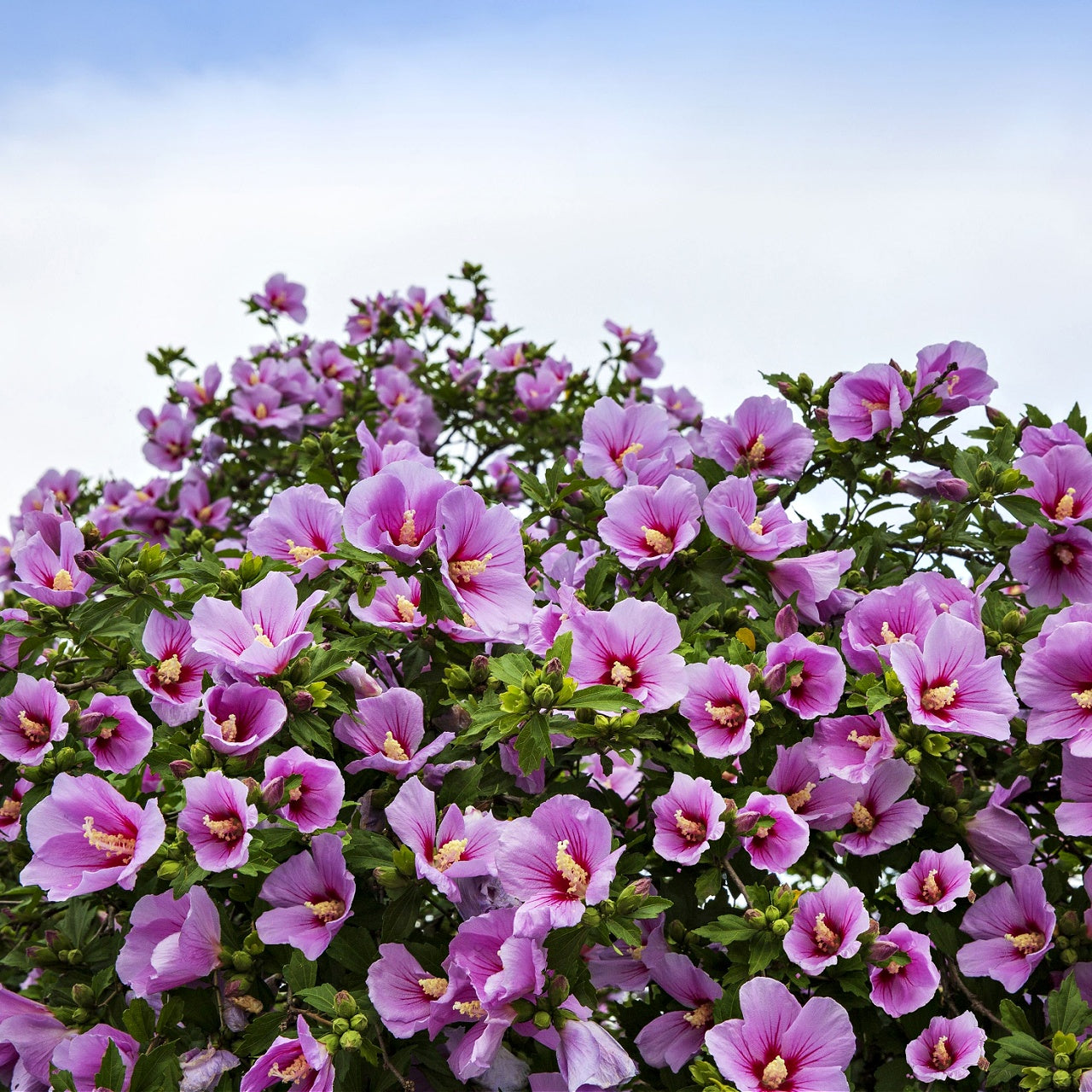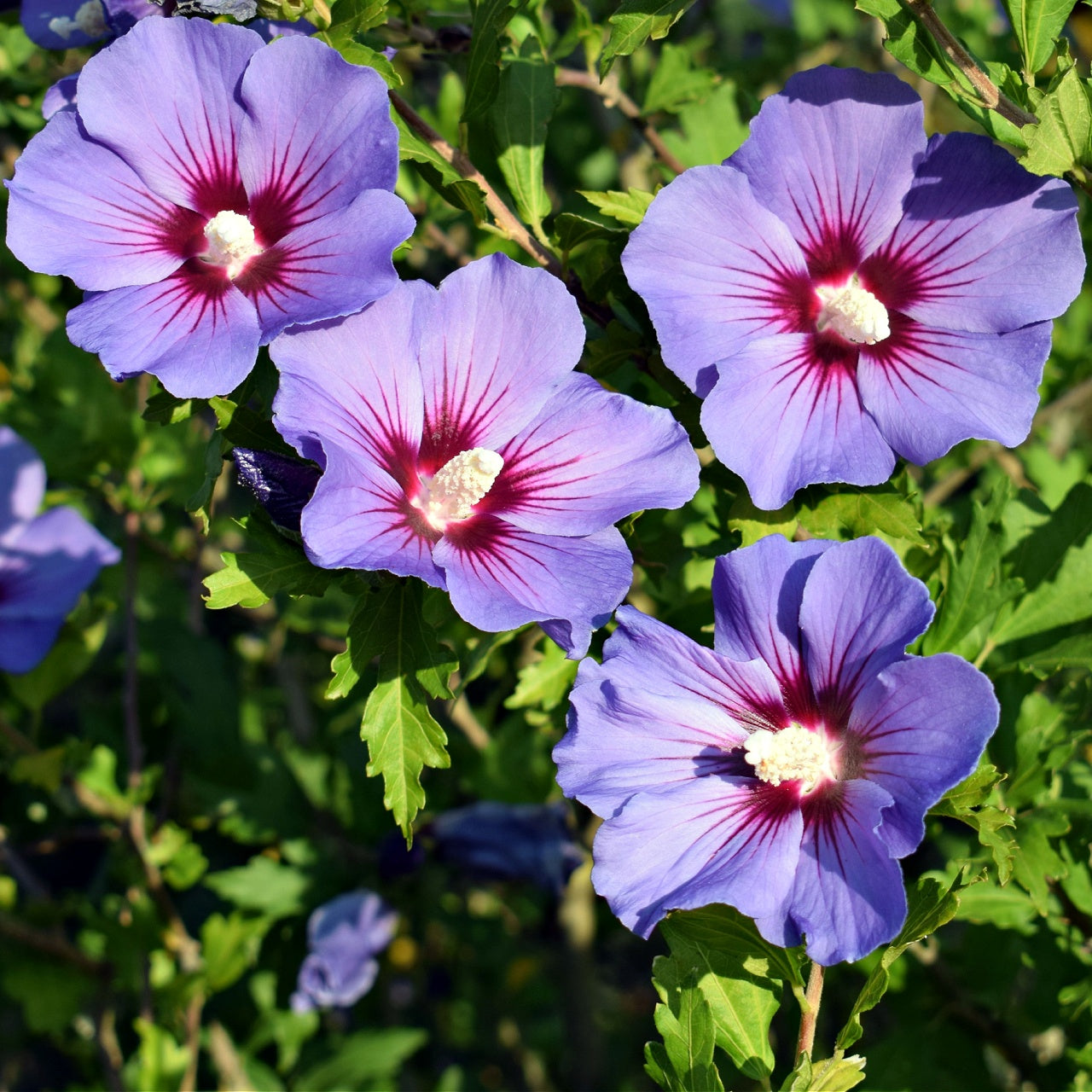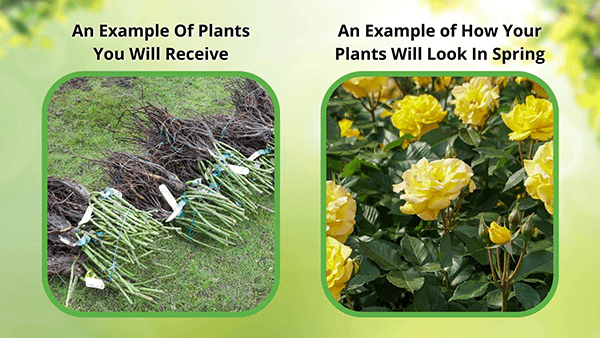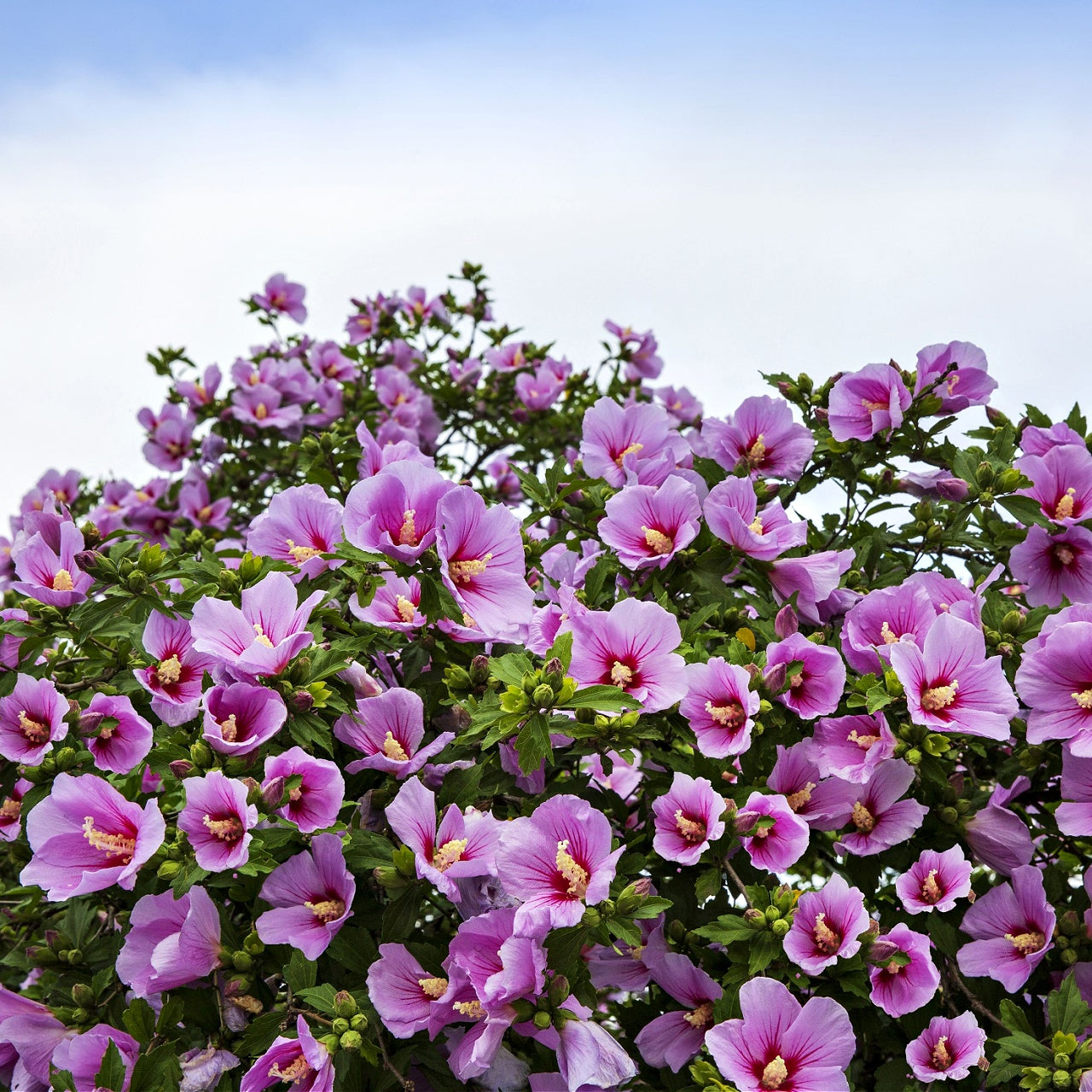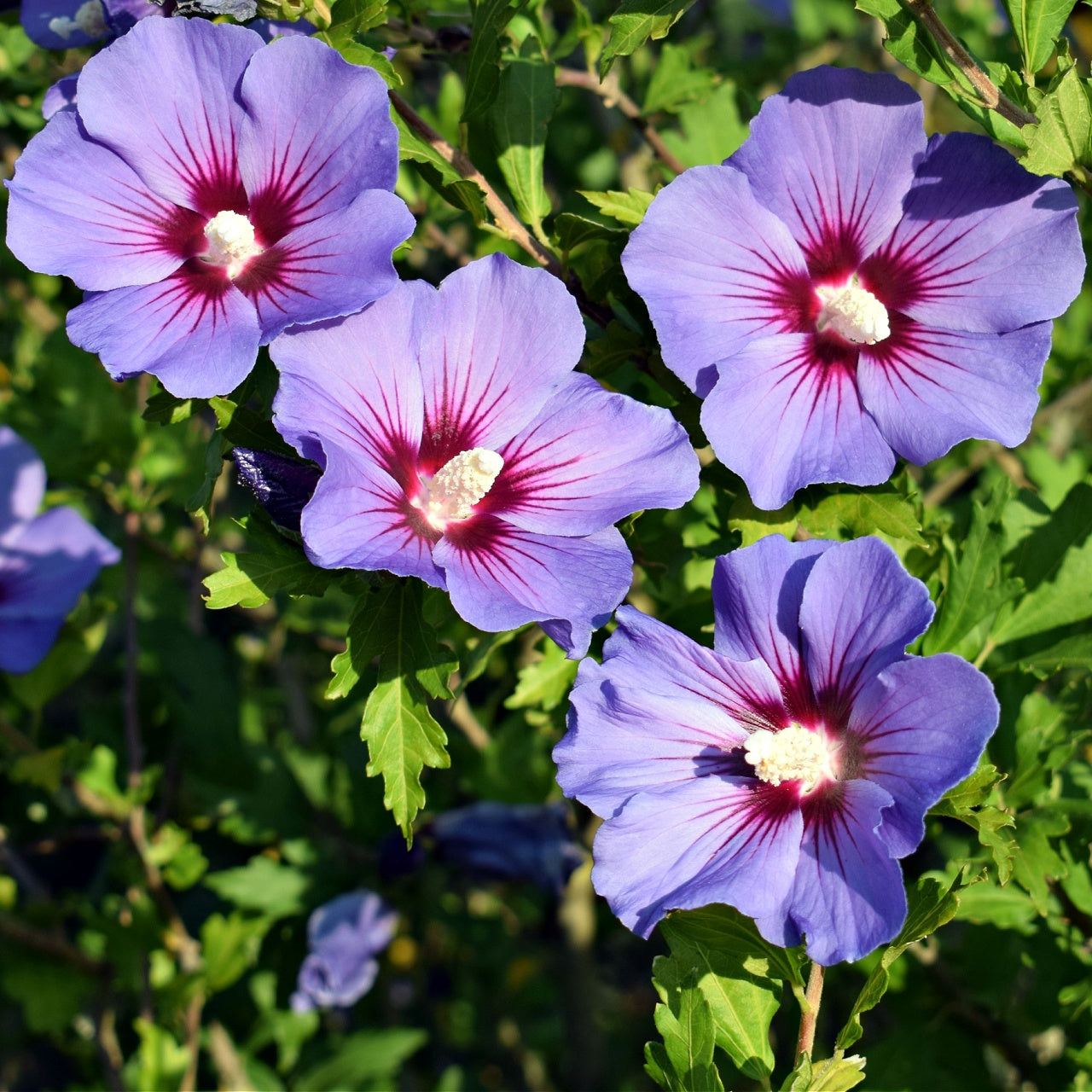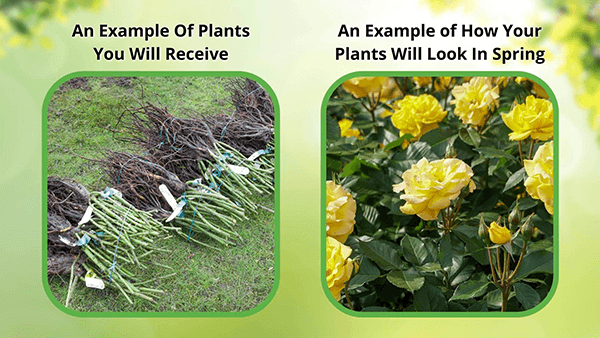Purple Hibiscus Plants
Purple Hibiscus Plants
This plant ships:
Ships Week of May 12thCouldn't load pickup availability
Exposure
Full SunHeight at Maturity
Under 10 FeetUsage
FloweringShipped As
Bare-rootShips
Ships Week of May 12thPlanting Zones
5-9Purple Hibiscus Plants
Purple Hibiscus Plants: This stunning woody shrub has a maximum reach of about twelve feet and a spread of eight feet. It can liven up any sunny location in your landscape.
The Purple Hibiscus Plants Are Hardy To Soil Types
The Purple Hibiscus Syriacus is an Asian native shrub well-suited to the middle U.S.D.A. growing zones in the United States. It is unfussy about soil quality and doesn't mind clay, sand, or even a few rocks—as long as the water drains well.
Syriacus is moderately drought-tolerant. It can withstand short, dry spells with occasional watering.
Other Common Names for This Hibiscus
This species, regardless of color, also carries other common names, including the following:
- Hibiscus
- Rose of China
- Rose of Sharon
- Rose-of-Sharon
- Shrub Althea
Despite the nickname Rose of Sharon, this species has no relation to roses.
Pollinator Species Love the Purple Shrub
Pollinator insects, like butterflies and bees, along with hummingbirds and songbirds, will visit your Rose of Sharon. The insects and hummingbirds will find the bright lavender and scarlet irresistible. On the other hand, ground-feeding birds will seek refuge from threats in the profuse foliage.
One animal that does not love Syriacus is the deer. They'd prefer to find something less fragrant to eat and will only consume your Syriacus as a last resort.
The Purple Shrubs Stunning Large Blooms
The main attraction of the Purple Hibiscus Plants is the abundance of flowers that appear in the middle of summer. In warmer growing zones, the blossoms might continue into the last days of fall.
The flowers can be as large as four inches and have two layers of five crepe-like petals. Most blooms last for one day, and a fresh flower appears quickly behind them.
The lavender petals contrast against a tinge of scarlet in the inner part of each petal and a yellow or spring-green center.
The foliage of this shrub is also head-turning. Glossy, dark green leaves have coarse toothiness around the edges. They alternate along the stem, fuller at the bottoms of the branches and thinning slightly near the tips.
TN Nursery suggests Purple Hibiscus Syriacus for anyone who wants the classic beauty of a shrub in their garden. Order from TN Nursery today.
Share
